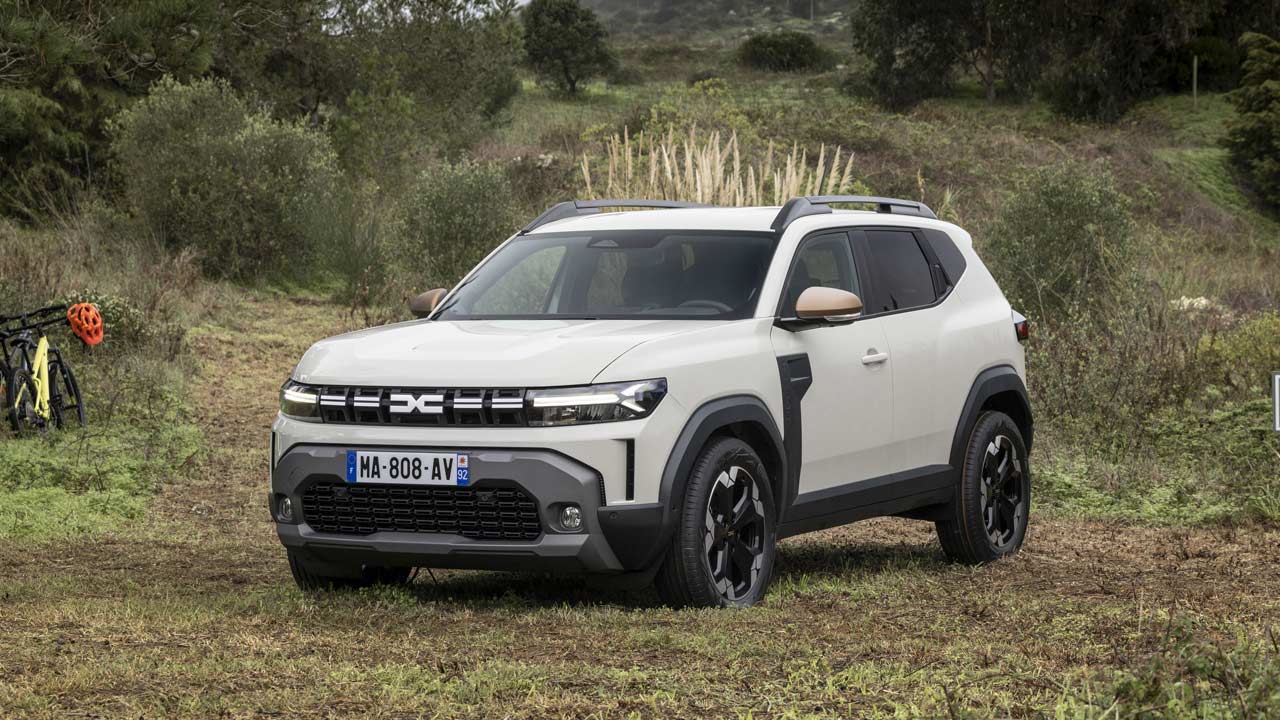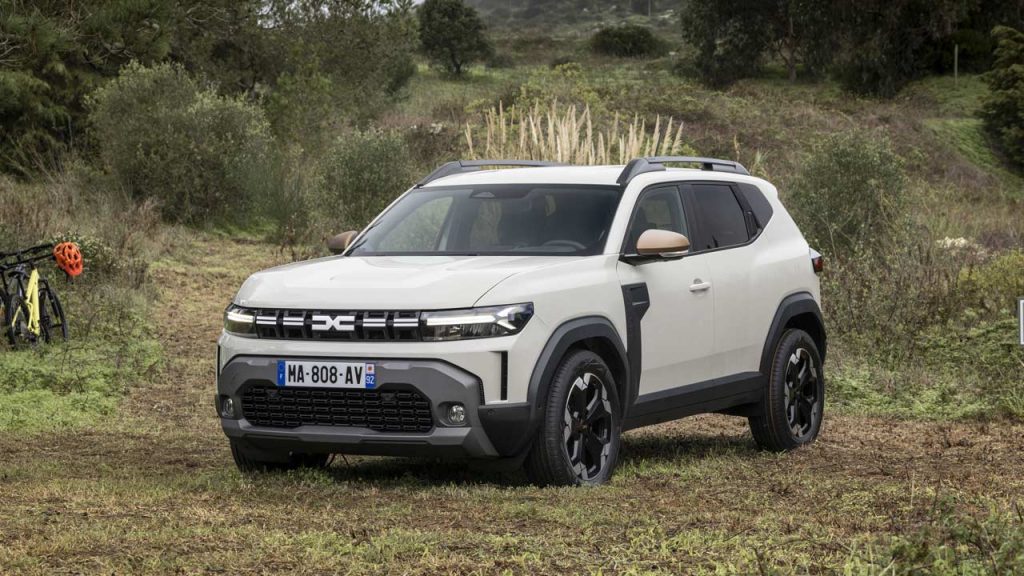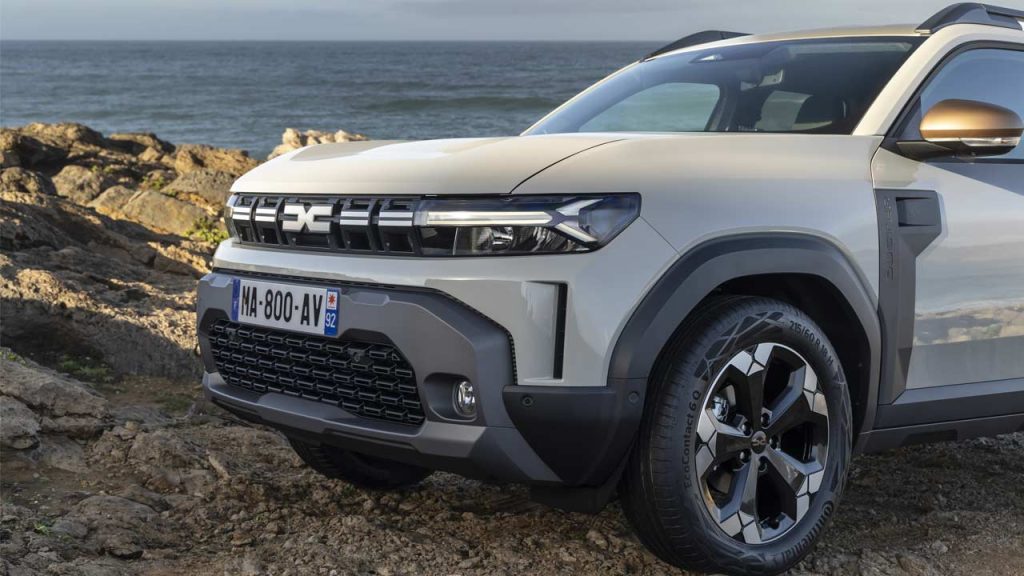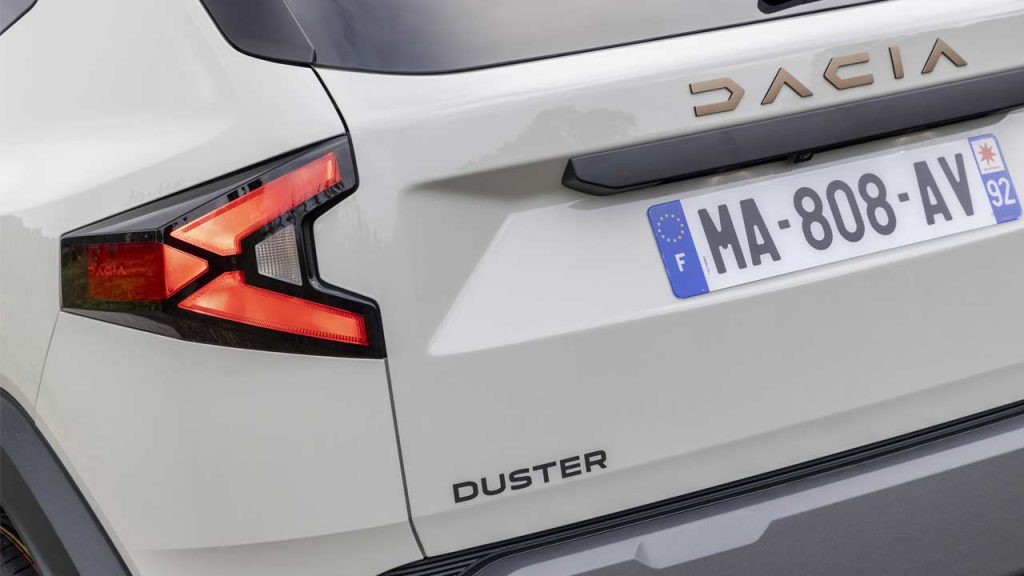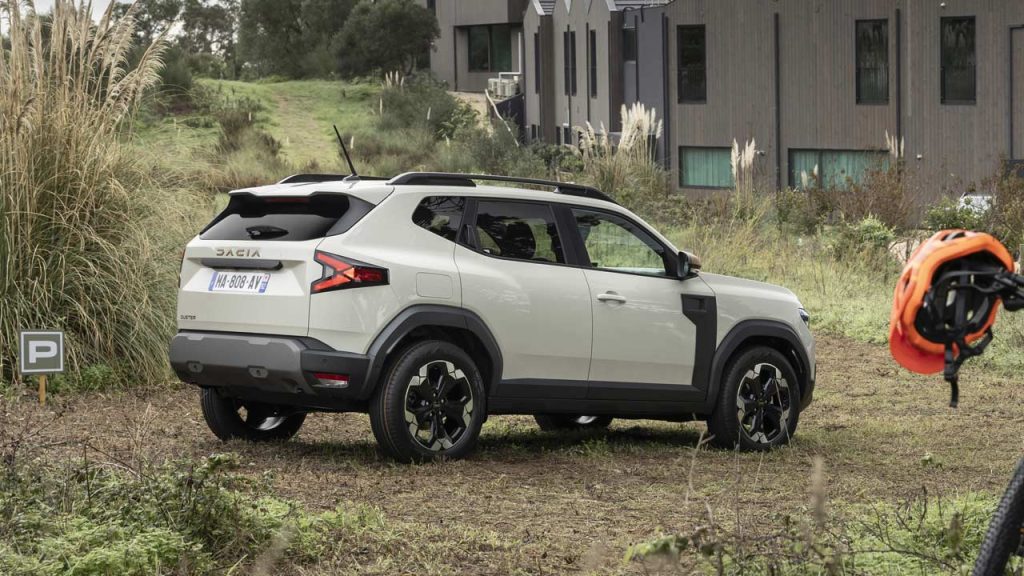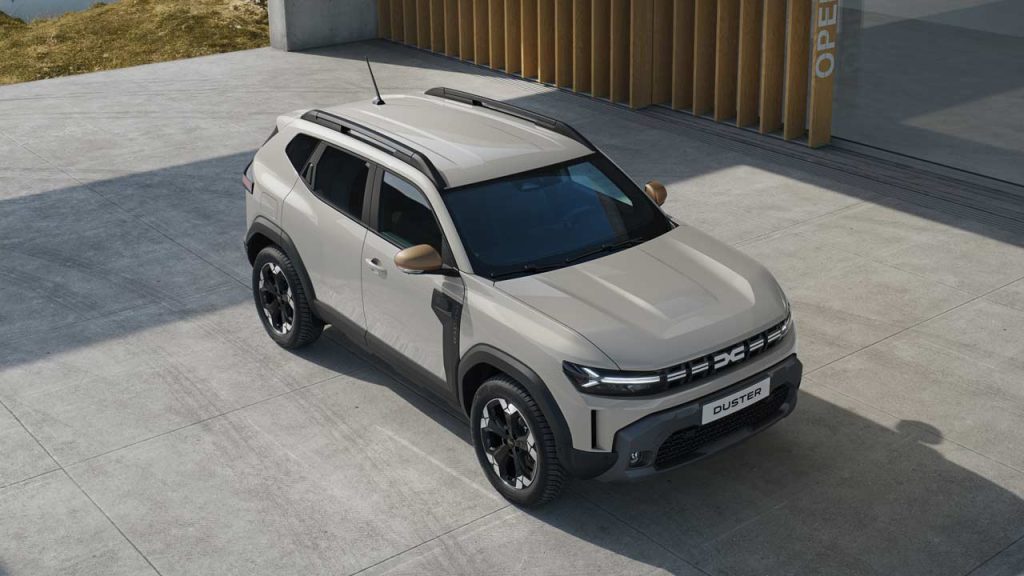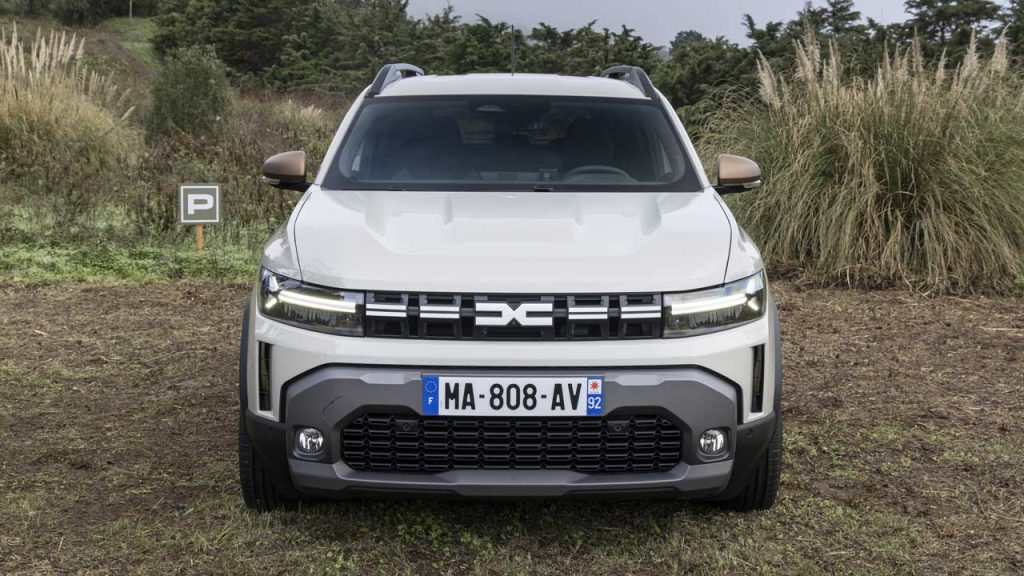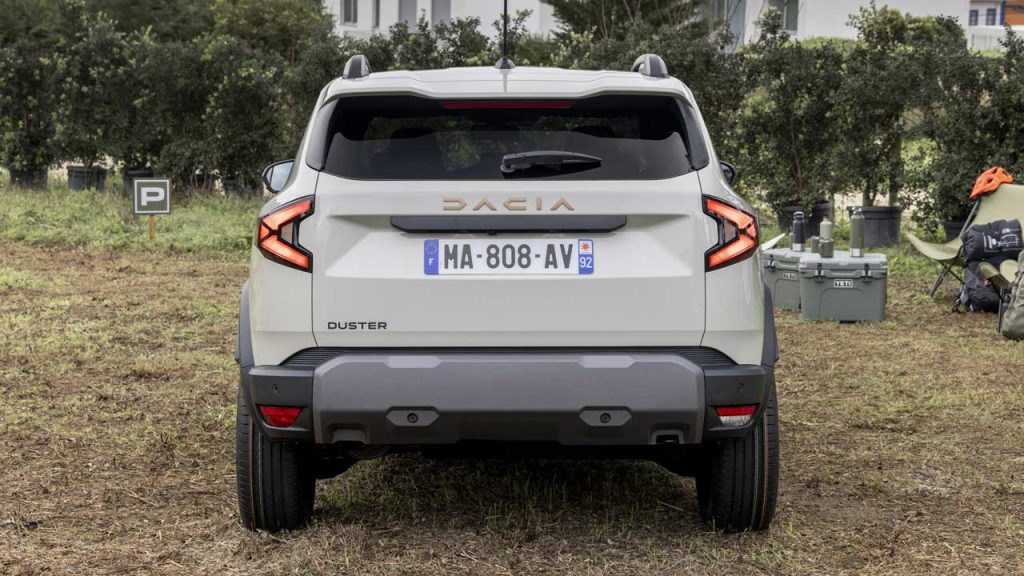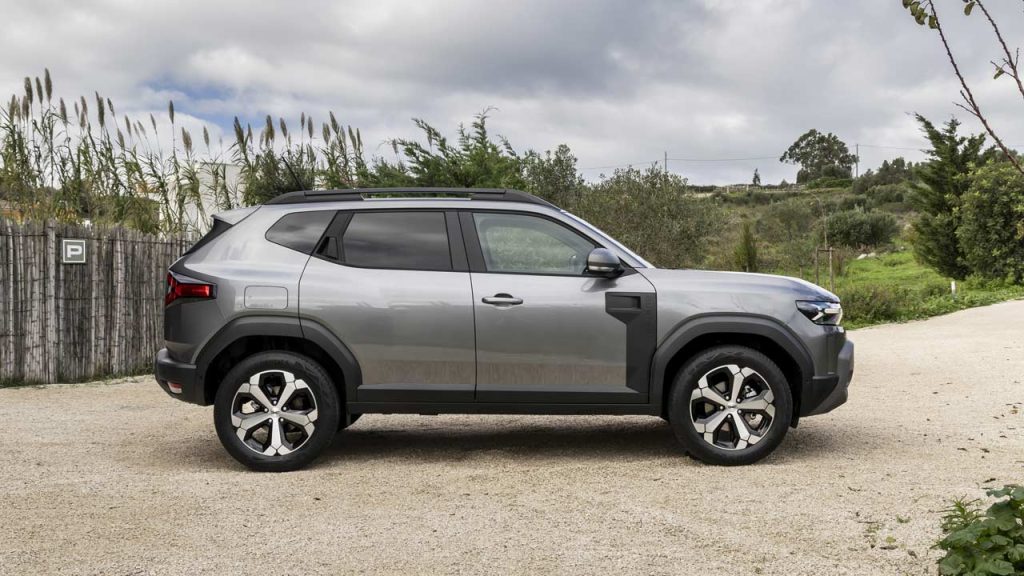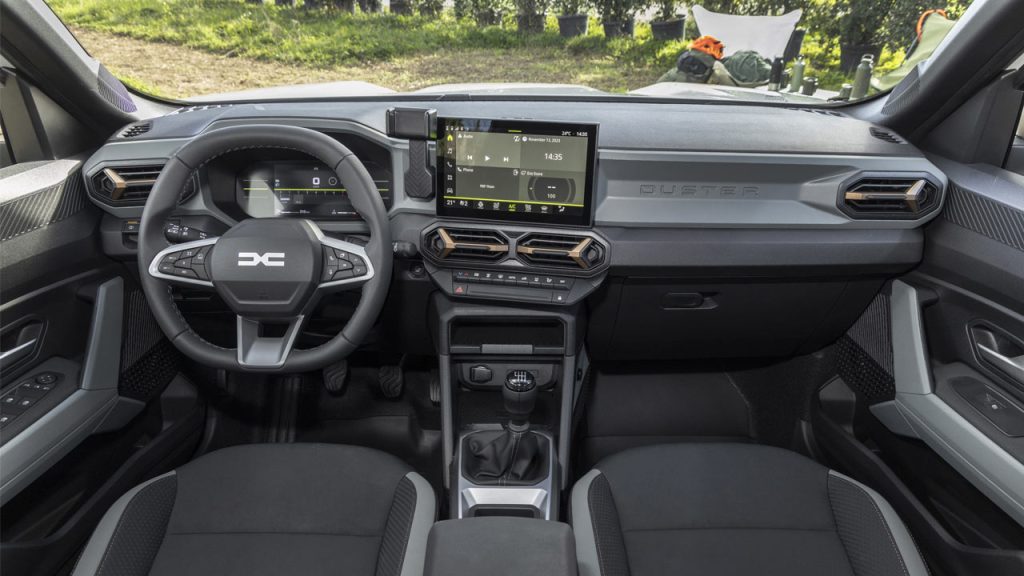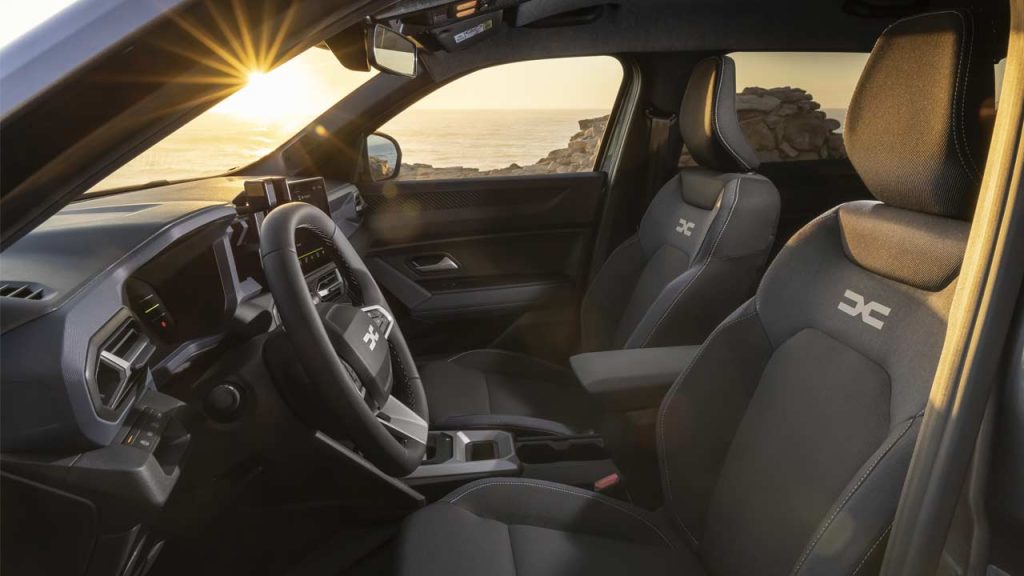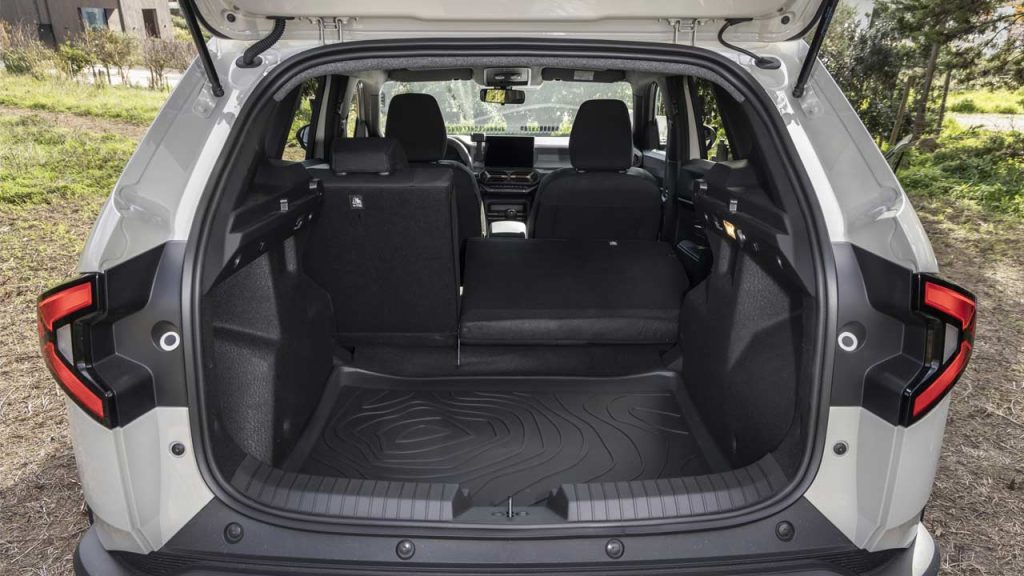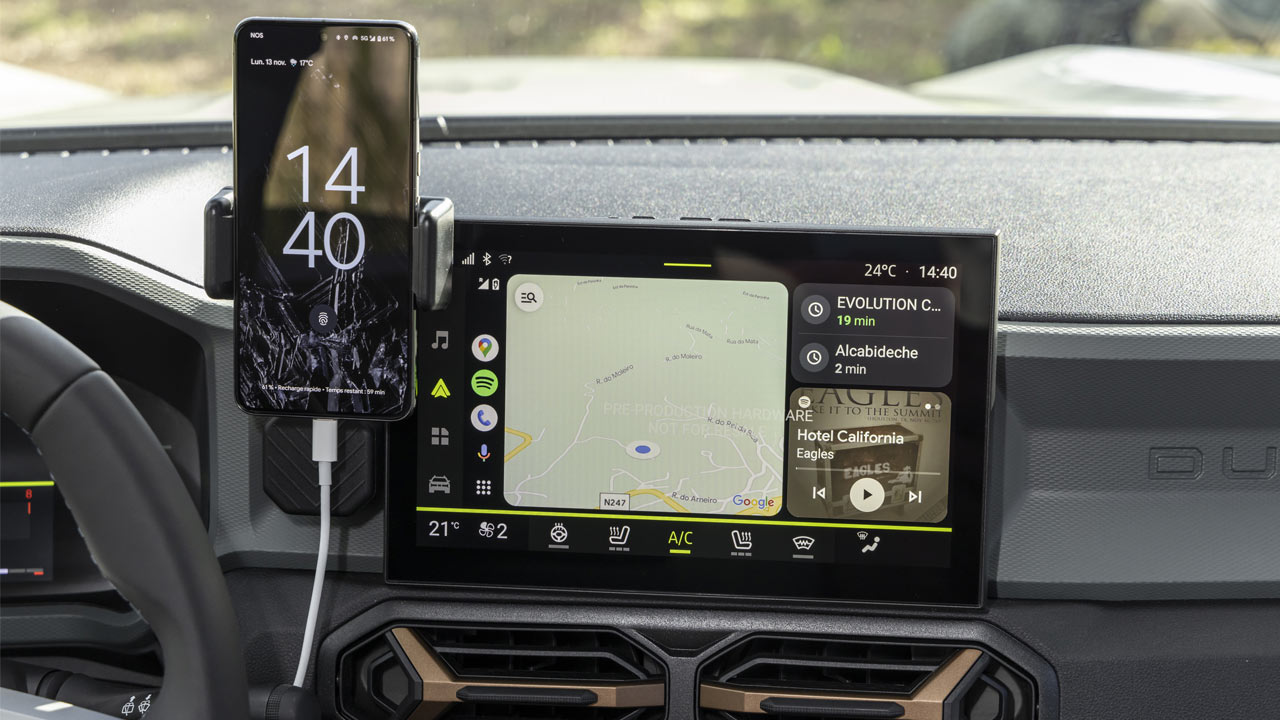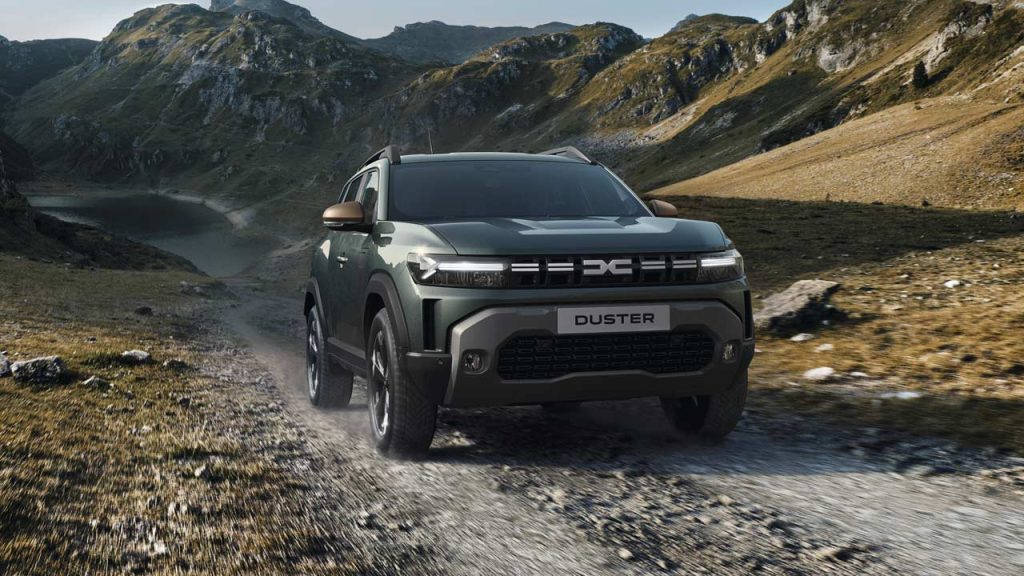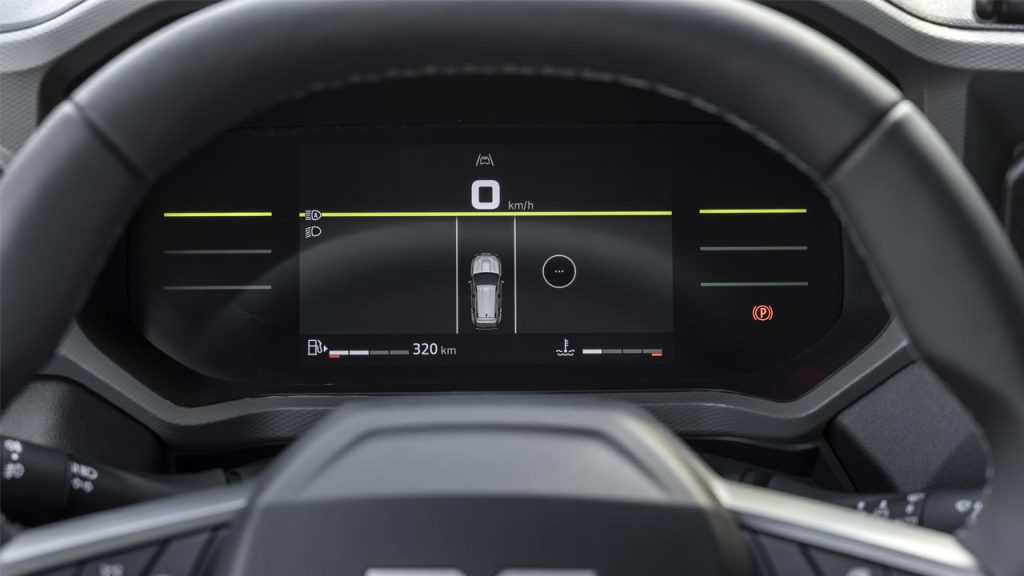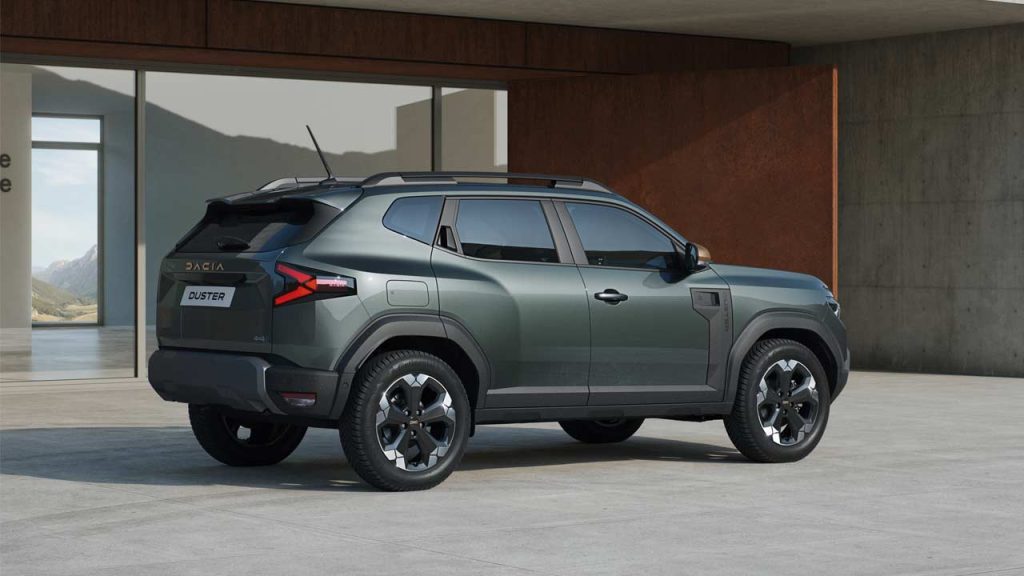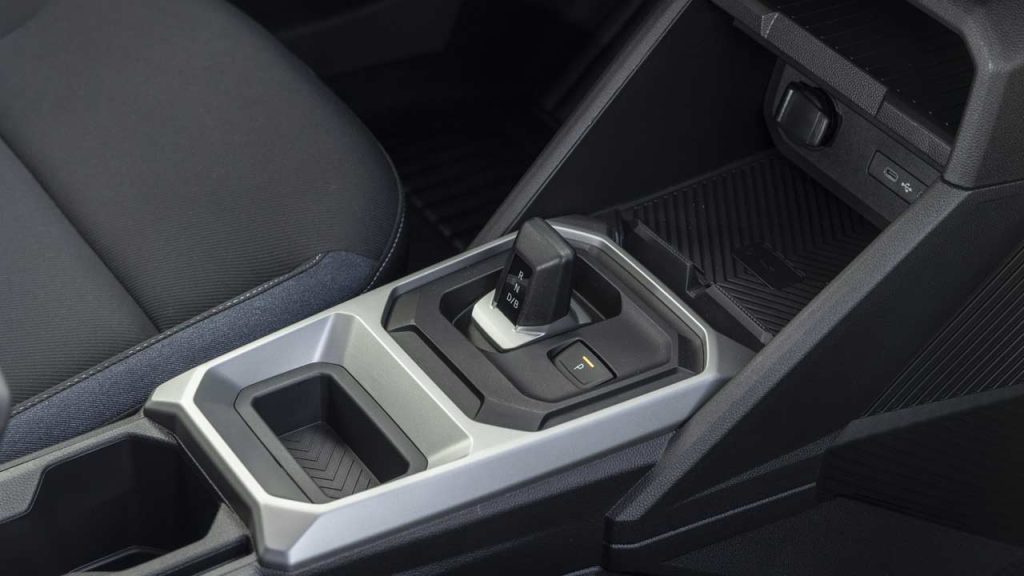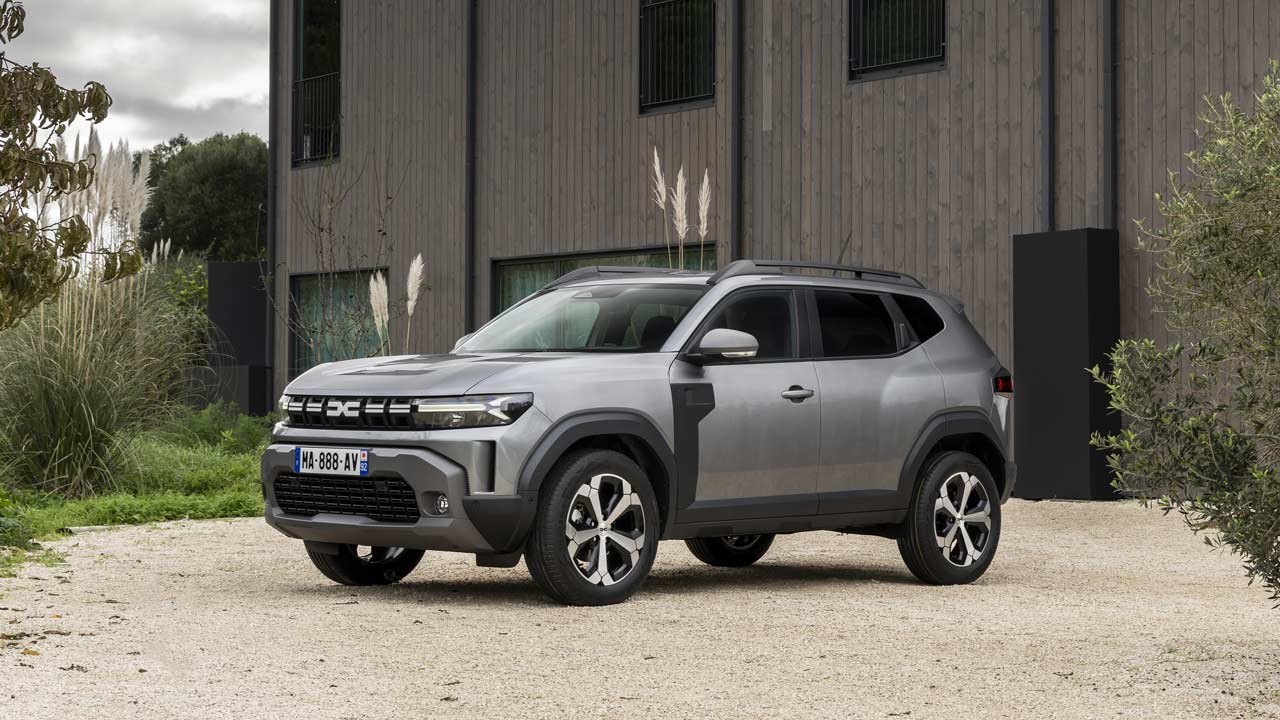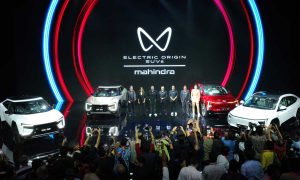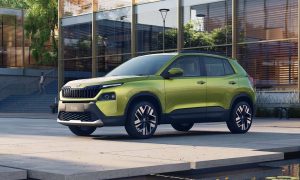Y-shapes are not exclusive to Lamborghini, apparently.
As you might remember, the original Dacia Duster enjoyed great global success as a capable soft-roader with car-like dynamics. It was so successful in the Indian market that other carmakers desperately tried to dethrone it, only to fail soon after. But as they say, all good things must come to an end, as did the Duster’s domination in India. The Duster went on to celebrate its second-generation globally, achieving a fair amount of success, and now the third-generation model is here to continue the story.
The third-gen Duster probably reminds you of something, and if you’re still scratching your head, it’s the Bigster concept that was revealed in Jan 2021. The production version retains most of the styling elements from the concept, including the light signatures at the front, the inverted U-shaped lower grille, the air curtains on the bumper, the shape of the taillights, and of course, the wheel design as well.
The new Duster sits on the CMF-B LS (low-spec) platform, the one that also underpins models such as Sandero III, Logan III and Jogger. But don’t let the LS suffix disappoint you; Dacia promises more space for passengers and their luggage, reduced road noise and vibrations and enhanced driver comfort from the platform.
For those who’d like to know the dimensions, the new Duster measures 4,343 mm long, 1,810 mm wide and 1,660 mm tall, with a wheelbase of 2,657 mm. Depending on the trim, wheel size is gonna be 17- or 18-inches. The front-wheel-drive models offer a ground clearance of 209 mm while the AWD models ride 8 mm higher (217 mm). Approach, break-over and departure angles of AWD models are 31-, 24- and 36-degrees, respectively.
In addition to the aforementioned off-road credentials, the new Duster offers 5 driving modes: Auto, Snow, Mud/Sand, Off-Road, and Eco, which all are self-explanatory. But anyway, key features inside (depending on the trim) include a 10.1-inch central touchscreen, a 7-inch digital cluster, wireless Apple CarPlay & Android Auto connectivity, a 6-speaker Arkamys 3D sound system, USB-C sockets, and more.
ADAS include automatic emergency braking (in urban and suburban areas, including detection of other cars, pedestrians, bicycles and motorcycles), traffic sign recognition and speeding alert, rear parking assist, emergency stop signal, lane departure warning, lane keep assist, driver attention alert, and emergency calls (eCall).
Moving on to the juicy bits of the story, the new Duster offers ECO-G 100. In other words, it’s a 1.0-litre 3-cylinder turbocharged engine that can accept either petrol or LPG. As the name suggests, the power output is 74 kW or 100 metric hp, but the torque remains undisclosed at the time of publishing this story. Transmission can either be a 6-speed manual or a DCT.
Next up, there’s the TCe 130. It’s a combo of a 1.2-litre 3-cylinder turbocharged petrol engine and a 48-volt mild-hybrid system. The power output here is 95 kW or 130 metric hp. Transmission can either be a 6-speed manual or a DCT. The mild-hybrid system includes a 0.8 kWh lithium-ion battery pack.
Wait, we’re not done yet. There’s also the Hybrid 140. It’s a combo of a 1.6-litre 4-cylinder naturally aspirated petrol engine, a pair of electric motors (a 49 metric hp motor and a starter-generator) and a clutchless automatic gearbox (the system is an amalgamation of ICE, e-motor and a gearbox). The system output is 103 kW or 140 metric hp. The battery pack is of 1.2 kWh capacity.

Leave a Reply
Note: Comments that are unrelated to the post above get automatically filtered into the trash bin.
